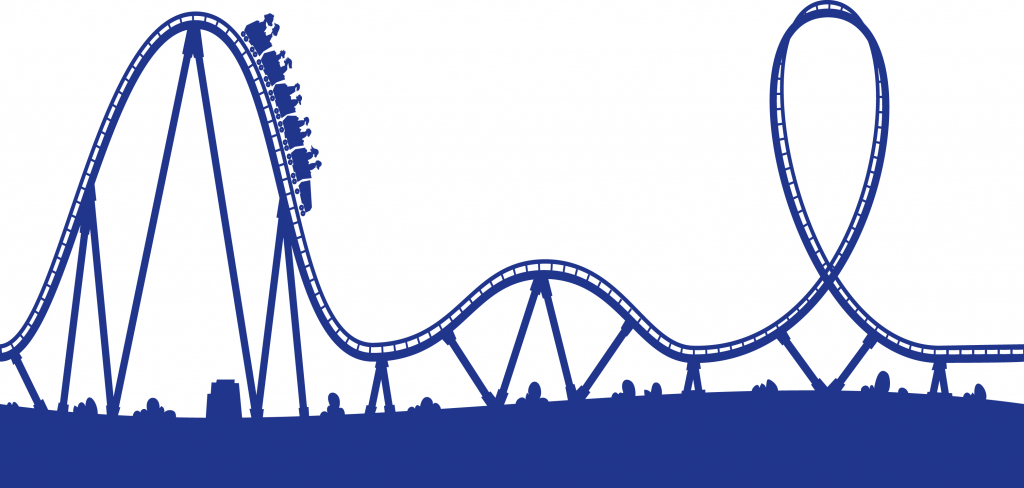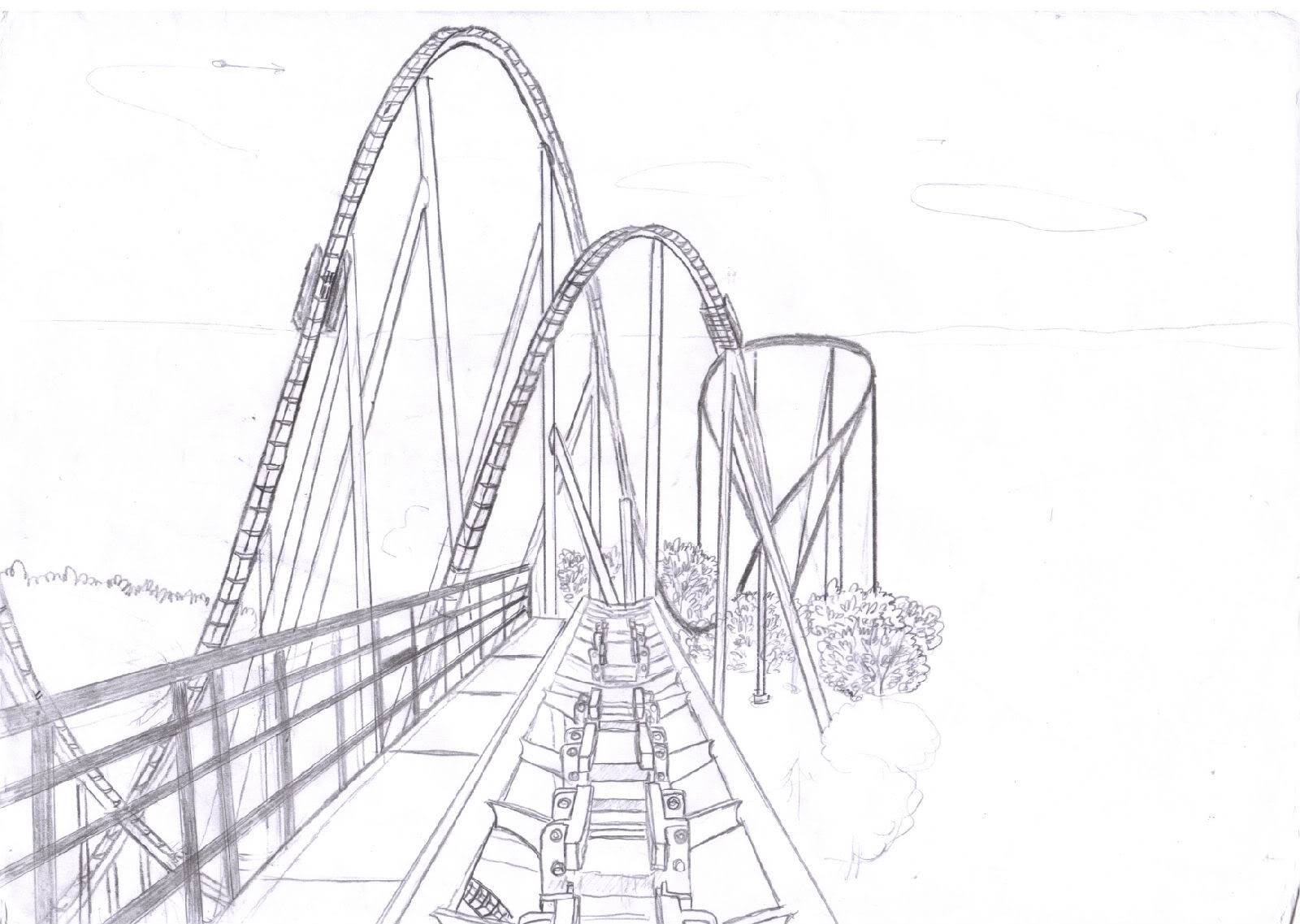How to draw a roller coaster
Table of Contents
Table of Contents
Rollercoasters are the epitome of fun and excitement at any amusement park. But have you ever wanted to try and draw one yourself? Maybe you’ve struggled in the past with getting the proportions right or making it look realistic. If so, you’re in the right place! In this article, we’ll cover everything you need to know about how to draw a rollercoaster, step-by-step. Not only will it be fun, but it will also help you develop your drawing skills and impress your family and friends!
Challenges of Drawing a Rollercoaster
Rollercoasters are intricate and complex structures that require a lot of attention to detail to get right. It can be difficult to understand the perspective and angles, and there are many small elements that need to be included for the drawing to look realistic. Additionally, it can be challenging to add color and shading to the picture to make it stand out. But don’t worry, we’re here to help!
How to Draw a Rollercoaster - Step-by-Step Guide
To start, you’ll need some basic drawing supplies. We recommend having a pencil, eraser, ruler or straight edge, and paper. Once you have your materials, follow these steps:
Step 1: Draw the Track
Starting at the top of the paper, use your ruler to draw the first section of the rollercoaster track. Make sure to add in the curves and dips, as this will give it a realistic look. Continue drawing the track until it reaches the bottom of the paper or wherever you want the coaster to end.
 #### Step 2: Add Detail to the Track
#### Step 2: Add Detail to the Track
Now that you have the basic structure of the coaster, use your pencil to fill in the details. Add the necessary support beams, twists, and loops. Pay attention to the curves and slopes of the track and make sure they transition smoothly.
 #### Step 3: Add the Carriages
#### Step 3: Add the Carriages
Next, draw in the carriages that will hold the passengers on the coaster. Make sure to add in the seats, bars, and wheels. As the coaster moves, it’s important to show the movement of the carriages, so pay attention to how they connect to the track.
 #### Step 4: Shading and Coloring
#### Step 4: Shading and Coloring
Finally, add shading and color to the picture to make it stand out. Use different shades of gray to add depth and dimension to the coaster. If you want it to look more realistic, add in some greenery and landscape elements around the coaster to give the drawing context.
 Tips for Drawing a Rollercoaster
Tips for Drawing a Rollercoaster
Drawing a rollercoaster can seem like a daunting task, but with these tips, you’ll be able to create a masterpiece in no time:
- Start with basic shapes and keep adding detail as you go along.
- Use a real-life photo of a coaster as reference for your drawing.
- Pay attention to the angles and perspective of the coaster to make it look more realistic.
- Practice on a smaller scale before attempting a larger drawing.
Personal Experience
As an artist, I love drawing rollercoasters because they have such a unique structure and are full of small details. One thing I found helpful was to break the coaster down into segments and focus on one piece at a time. This not only made the task seem more manageable but allowed me to add more detail and shading to each section. Don’t be afraid to experiment with different colors and shading techniques to bring your drawing to life!
Common Mistakes When Drawing a Rollercoaster
While drawing a rollercoaster can be a lot of fun, there are some common mistakes to avoid. These include:
- Not paying attention to perspective and angles
- Overlooking small details such as support beams and carriages
- Not using a ruler or straight edge to draw straight lines
Additional Tips for Drawing a Rollercoaster
Another important aspect to keep in mind when drawing a rollercoaster is the lighting. Light and shadows can create depth and give your drawing a realistic look. Make sure to include small details like the reflection of the coaster in the metal and the shadows cast by the carriages.
 Question and Answer
Question and Answer
Q: What type of paper should I use to draw a rollercoaster?
A: It’s best to use thicker paper, such as sketch paper or drawing paper, as it will hold up better and won’t smudge as easily.
Q: How do I draw the loops on the rollercoaster?
A: When drawing loops, pay attention to the curves and make sure they are smooth. Don’t forget to add in supports and details to make the loop look realistic.
Q: How do I add shading to the drawing?
A: Use a variety of shades of gray to add depth and dimension to the coaster. Start with the base shade and gradually add layers to create the desired effect.
Q: Should I outline the drawing in pen or pencil?
A: While outlining in pen can make the drawing stand out, we recommend using a pencil to avoid mistakes and to easily erase any errors.
Conclusion of How to Draw a Rollercoaster
With these simple steps and tips, you can now create your own amazing rollercoaster drawing! Remember to pay attention to perspective, add shading for depth, and focus on the small details. Don’t be afraid to experiment and let your creativity flow to make your drawing truly unique. Happy drawing!
Gallery
Rollers: How To Draw A Roller Coaster

Photo Credit by: bing.com / coaster roller draw easy rollercoaster step rollers way example
Roller Coaster Drawing At PaintingValley.com | Explore Collection Of

Photo Credit by: bing.com / roller drawing coaster sketch drawings easy coasters sketches paintingvalley
Roller Coaster Drawing - ClipArt Best

Photo Credit by: bing.com / coaster roller drawing clipart pencil
How To Draw A Roller Coaster - Really Easy Drawing Tutorial

Photo Credit by: bing.com / coaster roller draw drawing tutorial steps easy step complete
Roller Coaster Drawing - ClipArt Best

Photo Credit by: bing.com / roller coaster drawing clipart draw simple rollercoaster things pen cartoon clip cliparts clipartix use ana strictly sketchbook coloured pencil ink





